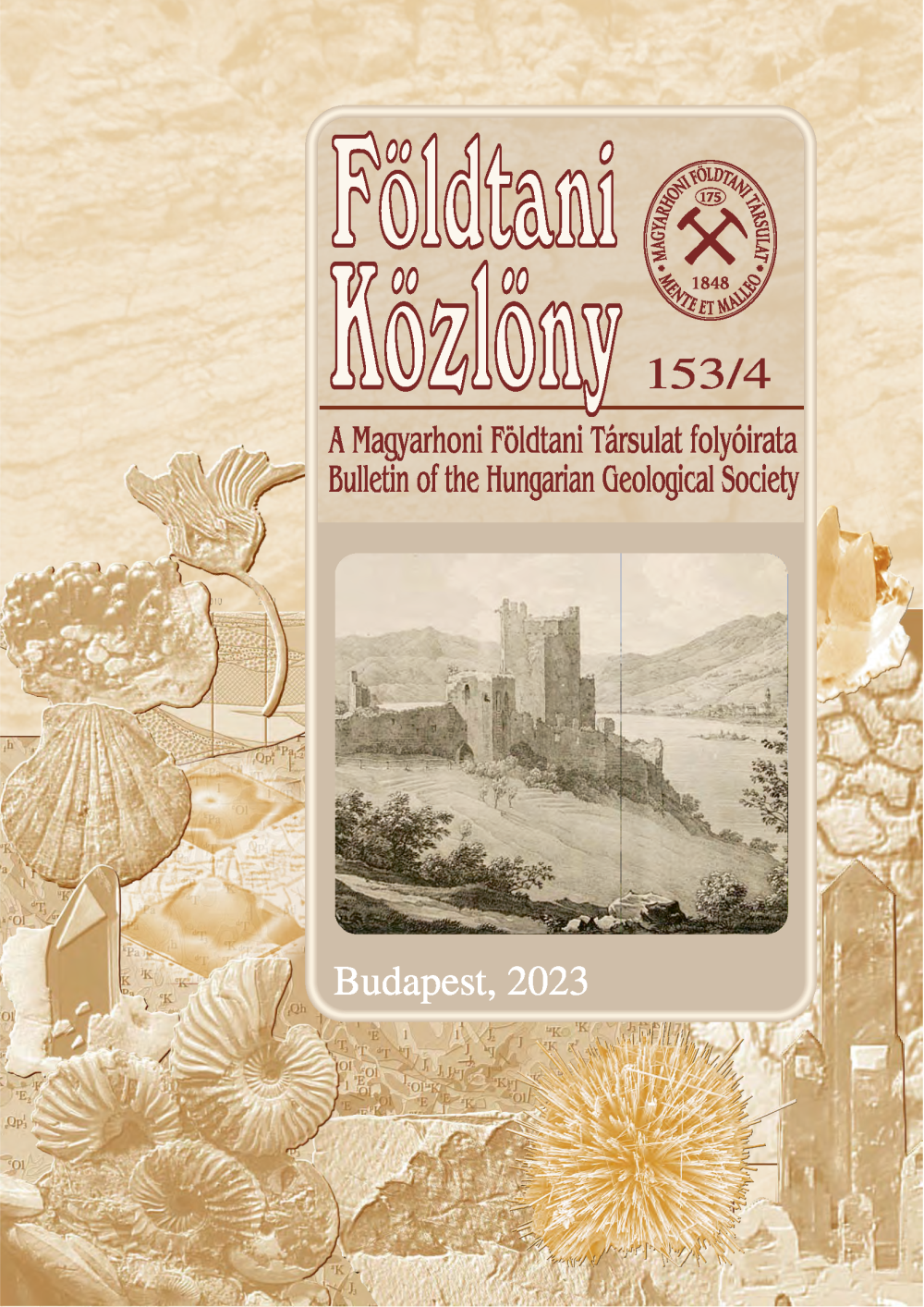Middle Pleistocene volcanic deposits in loess in Hungary: field and petrographical characteristics
Abstract
Complex field-descriptions and a scanning electron microscope (SEM) study of the Bag Tephra were elaborated in
11 loess/palaeosol sequences belonging to the Paks Loess Formation. Components of the tephra, the mineral/volcanic
glass ratio, and the relationship between loess and tephra were defined.
The juvenile components (phenocrysts) identified include: clinopyroxene (ferro-diopside), sanidine, plagioclase,
apatite, biotite and leucite; whereas quartz, calcite, albite, dolomite, olivine and garnet were interpreted as xenocrysts.
Fresh volcanic glass shards can be found only in one outcrop, at Pásztó. Remarkably, two types of glass shards were
identified in this deposit. In all the other localities the glass shards had been thoroughly altered and in many cases had also
lost their original shape and structure. Alteration of the glass shards could be post-depositional. Originally most of the
glass shards had cuspate margins and contained vesicles; however, platy-shaped glass shards were also recognised.
Based on the petrographic and field investigations the tephra deposits, originally classified as a single volcanic
horizon, could be divided into two groups. The first one contains three localities and is characterized by its patchy
appearance and diffuse boundary with the loess and finer-grained components. The second group includes eight
localities around Pásztó and they indicated clearly the presence of the fresh glass shard population. These volcanic
deposits form a continuous layer in the loess and the contacts were observed to be sharp.
It can be concluded that two types of tephra deposits exist in the Hungarian loess localities. They have fairly similar
mineralogical assemblages, but differ in their respective structures. Both volcanic deposits could have their origins in a
violent plinian-phreatoplinian eruption of one of the volcanoes of Central Italy; however, the exact source is still not clear.











